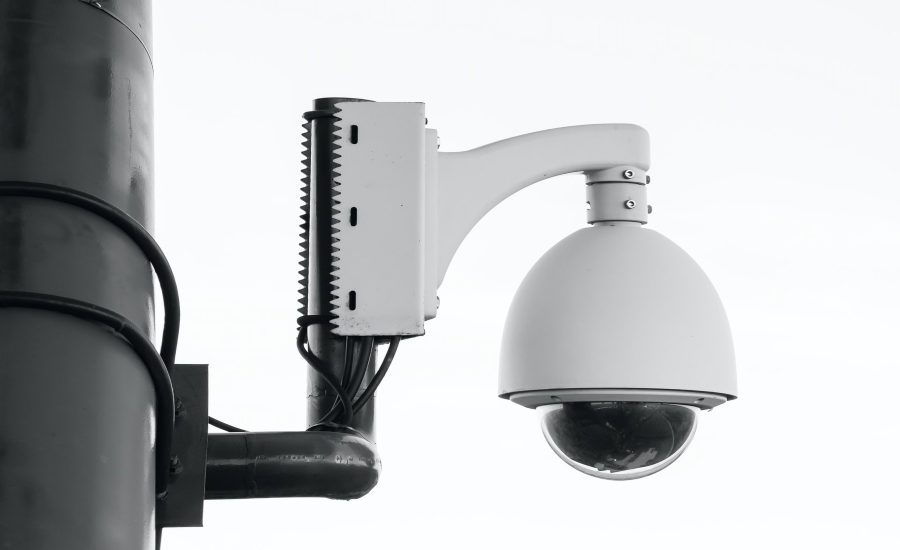It’s simply a simulation; however, it feels realistic as the worker taking the demo in Manhattan at Actuate offices steps in holding a fake ArmaLite-15 rifle. A surveillance cameras goes into action as soon as the worker is seen in the room.
A simple flash pulsates throughout the screen set up at another angle in a room. The video control system identifies a possible risk in the room.
“As demonstrated, it’s pulsing inexperienced within seconds. That implies an alert is recorded,” said the co-Founder of Sonny Tai and Actuate CEO. “AI model that we made has created a detection and sent a signal to control systems.”
The organization uses rising technology that operates AI software for supervision cameras to notice possible problems.
“We at the beginning constructed our corporation as a gun detection corporation in reply to many active shooter threats over the years,” Tai said.
Tai, an ex-captain in the US Marine Corps, asked law enforcement agencies throughout the united states what should be done. After the Las Vegas shooting in 2017.
“A frequent chorus heard from many of them was a wish security camera should mechanically discover threats,” he said.
Most enterprise or office structures or public areas are already under cameras.
Actuate would not deploy any new gadgets; rather, the organization links cameras online in an encoded way that runs its algorithm programs to search for problems.
“More than 99% of cameras used traditionally. If something awful happens, they will come again to watch the footage even after days of the event to capture a sinner,” Tai stated. “We’re trying to do in an intrusive way, to don’t trace any biometrics, facial recognition, or PI, yet be capable of picking out possible indications of dangers to safety, and send these signals out quickly to people who would need to respond.”
It could be at a used vehicle lot or construction zone at night with cameras programmed to inform when a suspicious person walks close to a fence.
Or assume about the first example.
Ellie steps into the office, holding a gun. After it is detected, a notification is dispatched to safety teams or anybody looking at security monitors. Alerting them as to where and when the risk is unfolding.
“This is something that they may get a signal within seconds to pull this up, and you’ll be capable of seeing the box drawn around the weapon.”
There will be privacy concerns.
“We made a deliberate choice as an organization. It’s clearly in our organization’s values. “We prefer to objectively discover what is going on security camera, as for any individual pulling out a weapon or if somebody’s trespassing. We don’t do face recognition. We don’t track skin color or even clothes or something like that,” Sonny says.
What happened in NYC in April 2022 was the mob shooting on the Brooklyn subway car and people desperately running onto the subway platform at Sunset Park.
MTA cameras are known for failing to work in several locations.
Actuates technologies may not have been capable of preventing what the attacker did if they were working and linked to the internet. Still, according to Tai, it could have made a difference in the crucial seconds afterward.
“We can respond quickly and deploy security units to the scene to eliminate the threat. Also, we give this data to the MTA, so they will be able to understand the situation better and implement a defensive evacuation plan in a quick time. So that those who need to evacuate are aware of the situation rather than operating in the heat of battle, confusion, and uncertainty.”
20,000 cameras are currently using the Actuate technology across the country, including colleges, schools, construction sites, and used car lots.
Could it make a dent in New York City’s crime problem?
Sonny believes it may be a valuable tool on a bigger scale if the cameras function.
